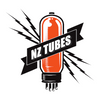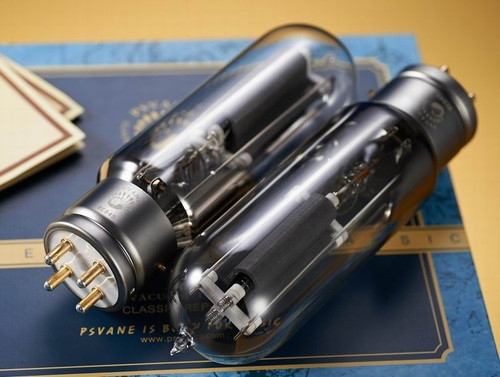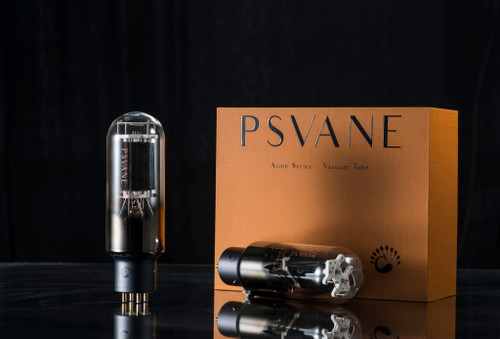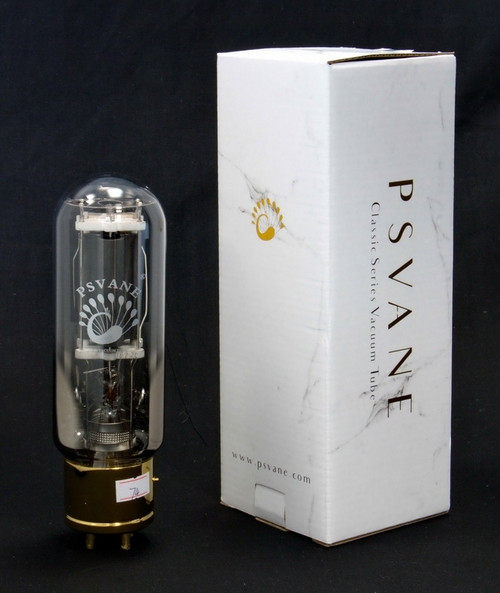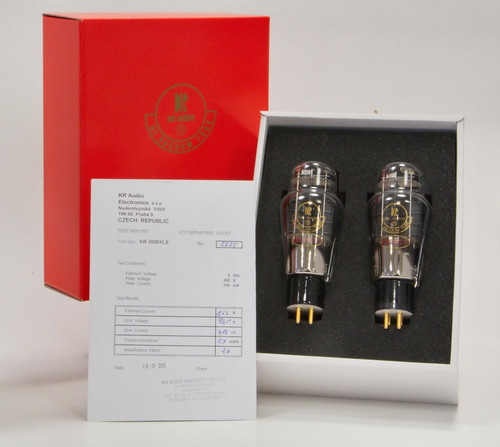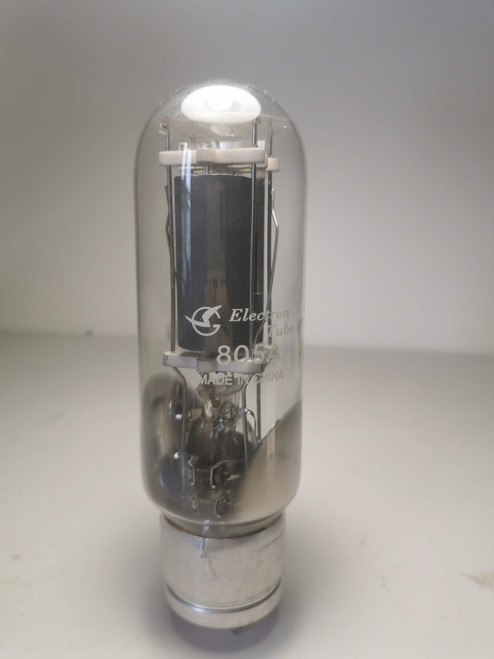Triodes
Beam tetrode tubes have four electrodes: a cathode, a control grid, a screen grid, and a plate (or anode). They are capable of producing higher levels of output power than triode tubes due to the addition of the screen grid. However, they can also produce higher levels of distortion and can be more complex to design and operate than triode tubes.
Some common examples of power triode tubes include:
-
300B - This is a popular power triode tube that is often used in high-end audio equipment. It has a warm, natural sound and is known for its ability to produce clean, undistorted tones.
-
2A3 - This is another popular power triode tube that is often used in high-end audio equipment. It has a warm, rich sound and is capable of producing clean, natural tones at high volume levels.
-
PX4 - This is a power triode tube that is often used in high-end audio equipment. It has a warm, natural sound and is known for its ability to produce clean, undistorted tones even at high power levels.
-
101D - This is a power triode tube that is often used in radio and audio equipment. It has a warm, natural sound and is known for its reliability and longevity.
As with any vacuum tube, the choice of power triode tube can have a significant impact on the performance and sound of the amplifier. It is important to choose a tube that is compatible with the amplifier's circuit and meets the desired performance and tonal characteristics.
